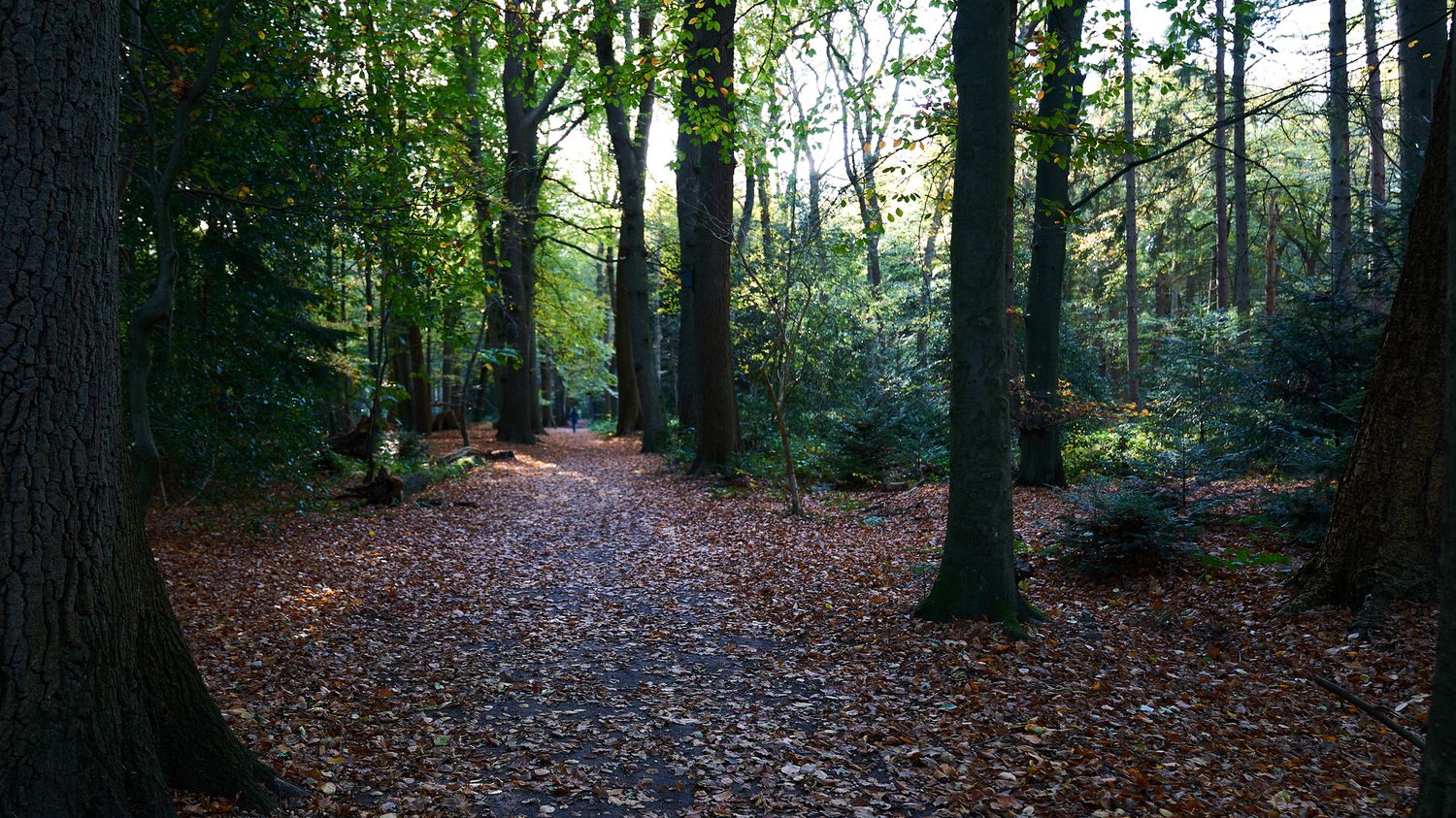Millions of years ago, in the La Massane forest in the Pyrenees, trees exchanged genetic elements with lianas.
Hervé Poirier, editor-in-chief of the scientific magazine Epsiloon, explains to us today that, in the forest, trees and lianas share their genetic material.
franceinfo: Explain to us…
Hervé Poirier: Certain observations on vines and kiwis had already alerted botanists. But this is the first time that the propensity of plants to exchange pieces of their DNA has been demonstrated – we speak of horizontal transfer, to clearly differentiate it from the classic vertical transfer, from an individual to its descendants.
Botanists from the University of Perpignan went for a walk in the magnificent Massane forest, in the Pyrénées-Orientales, classified as a UNESCO world heritage site since 2021. They chose 17 members of the forest: 6 species of trees (a beech, an ash, a larch, etc.), 4 vines (one ivy, one honeysuckle, etc.), 3 herbaceous plants (a bramble, a sage, etc.), 1 shrub, and 3 mushrooms that grew on trunks.
For the first time, they have completely sequenced their genome. And using specific bioinformatics analysis tools, they identified 12 horizontal transfers between 8 plant species, mainly between lianas and trees – nothing for fungi. They do not know in which direction these transfers took place – from lianas to trees, or from trees to lianas. But they did take place, there are 1 to 3 million – not in the Massane forest, therefore.
Does this mean that just by growing next to each other, two plants can exchange genes?
Yes. Even if they are not, strictly speaking, genes, but transposons: pieces of DNA known to be able to change place and replicate within the same genome – they are also called “jumping genes “.
In recent years, geneticists have understood that they are formidable accelerators of evolution. They are present massively in genomes – they cover around half of our DNA – and their jumps can cause sudden changes in species overnight.
But here, we are talking about a jump from one species to another: it is even more impressive. The researchers also noticed that a large proportion of these transposons were duplicated in the genomes of plants after their arrival.
Forests therefore make it possible to accelerate evolution!
Yes. We know that ithe ecosystems, which cover 40% of the land surface, promote biodiversity (Massane is home to 10,000 different living species). We realize today that the coexistence of these species also favors genetic mixing. The forest is the mecca of evolution!
